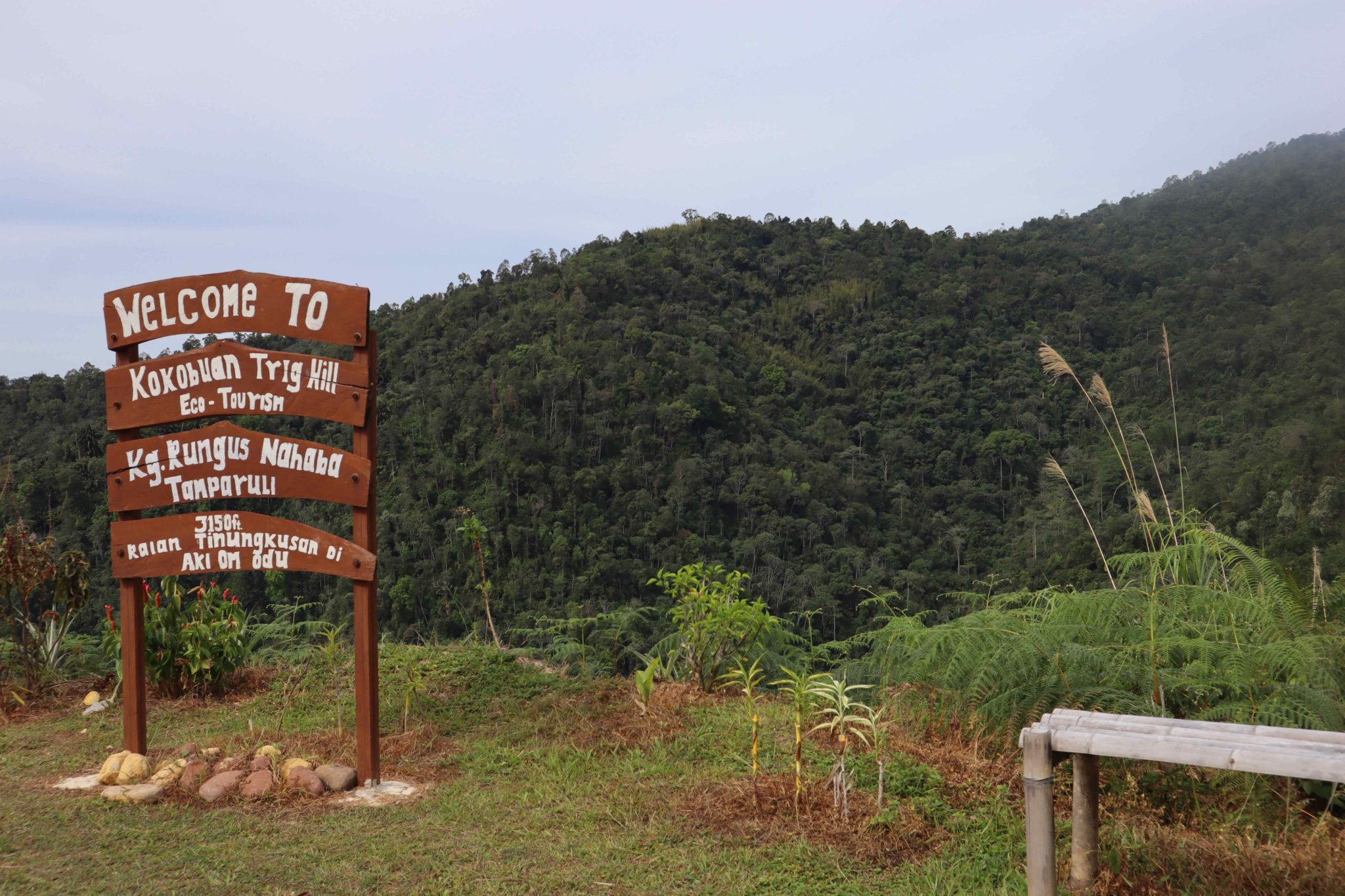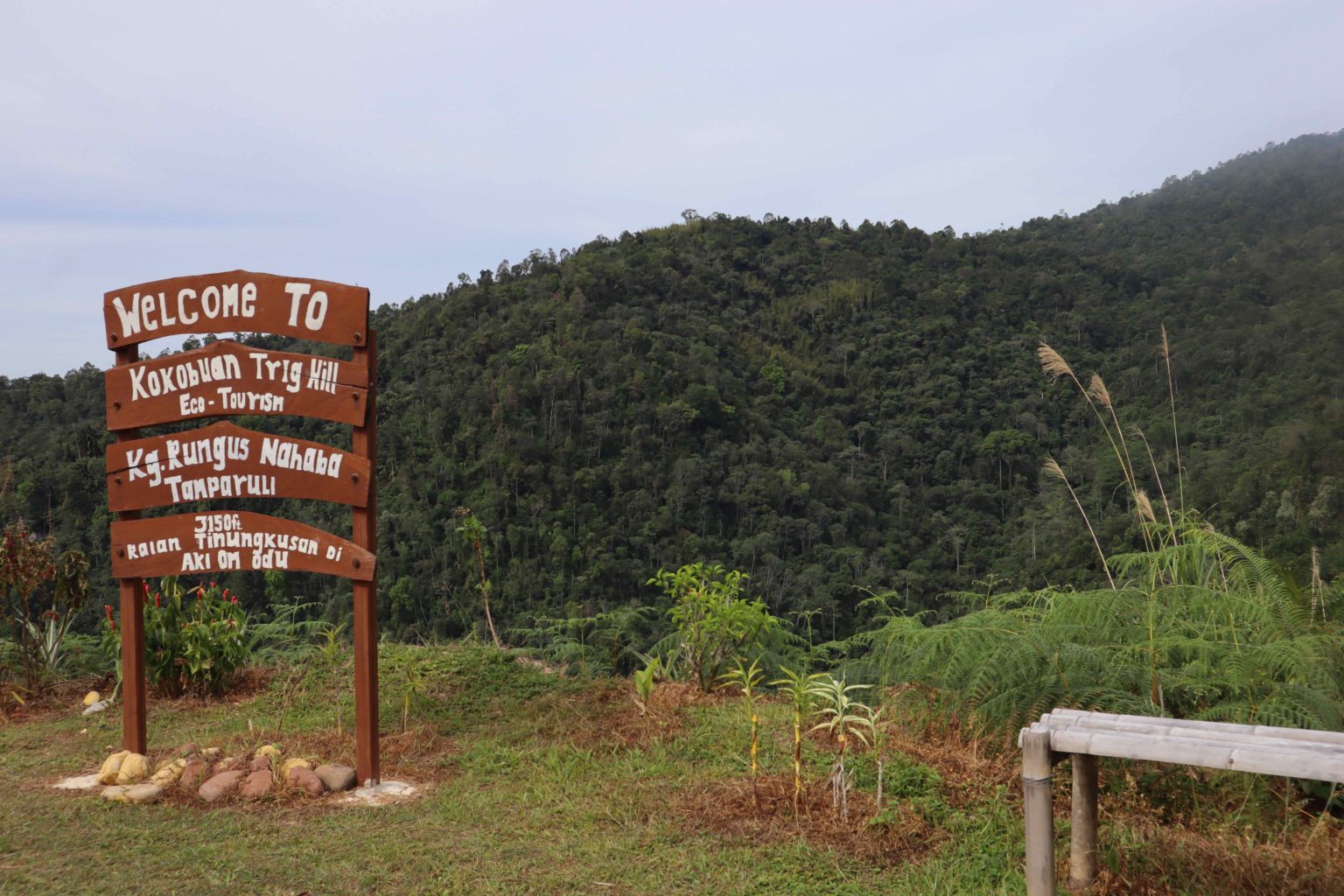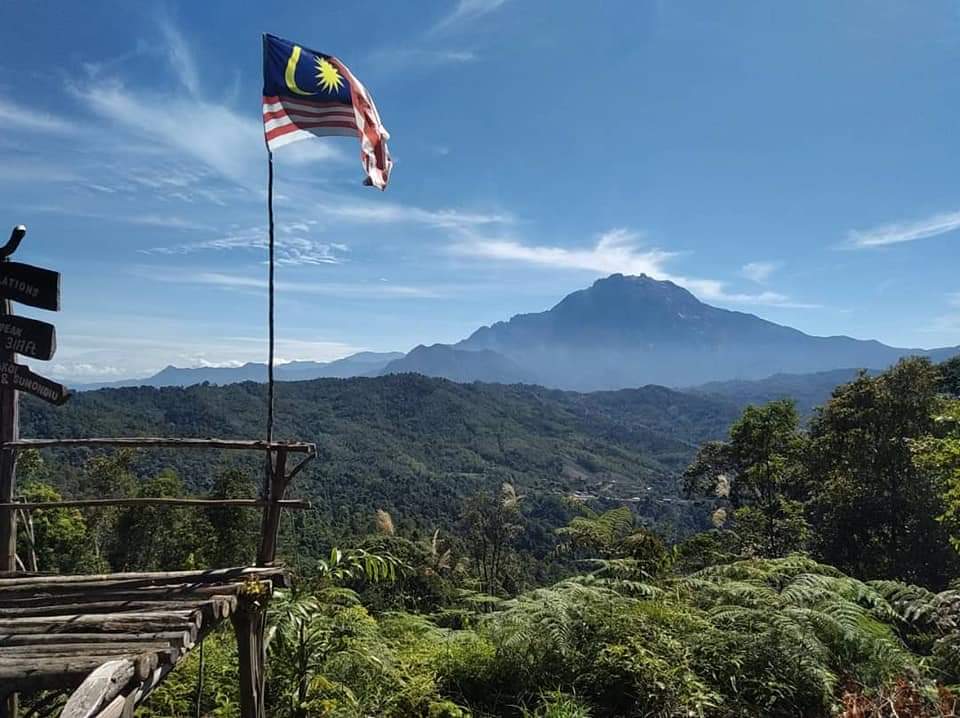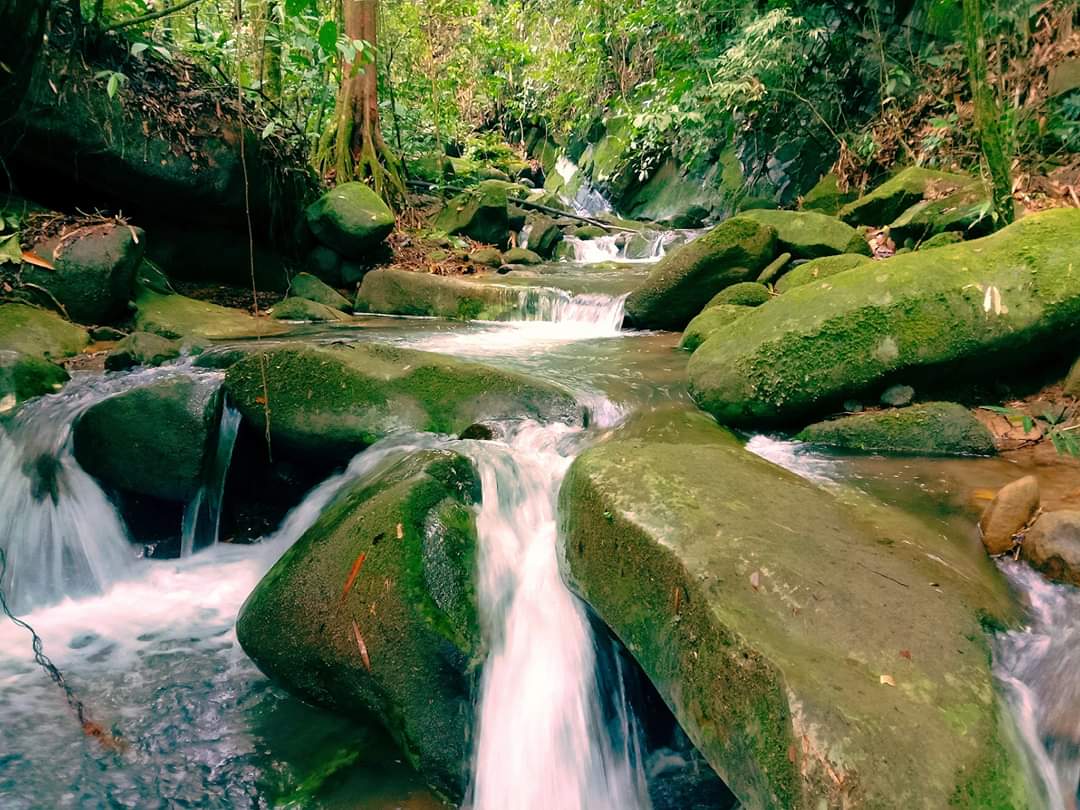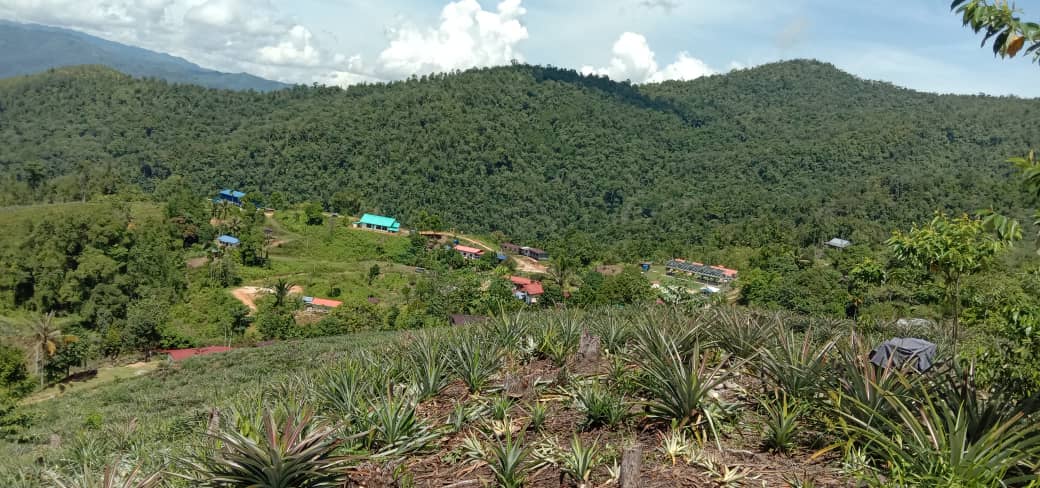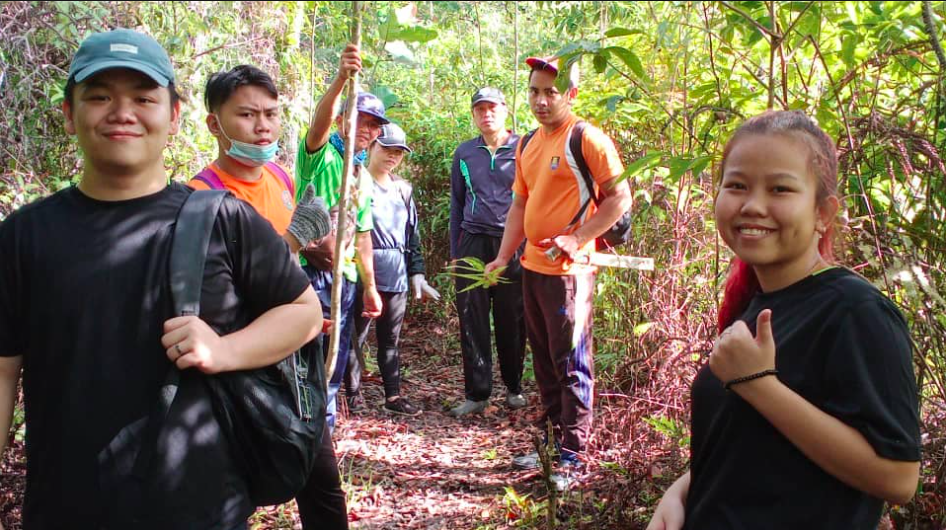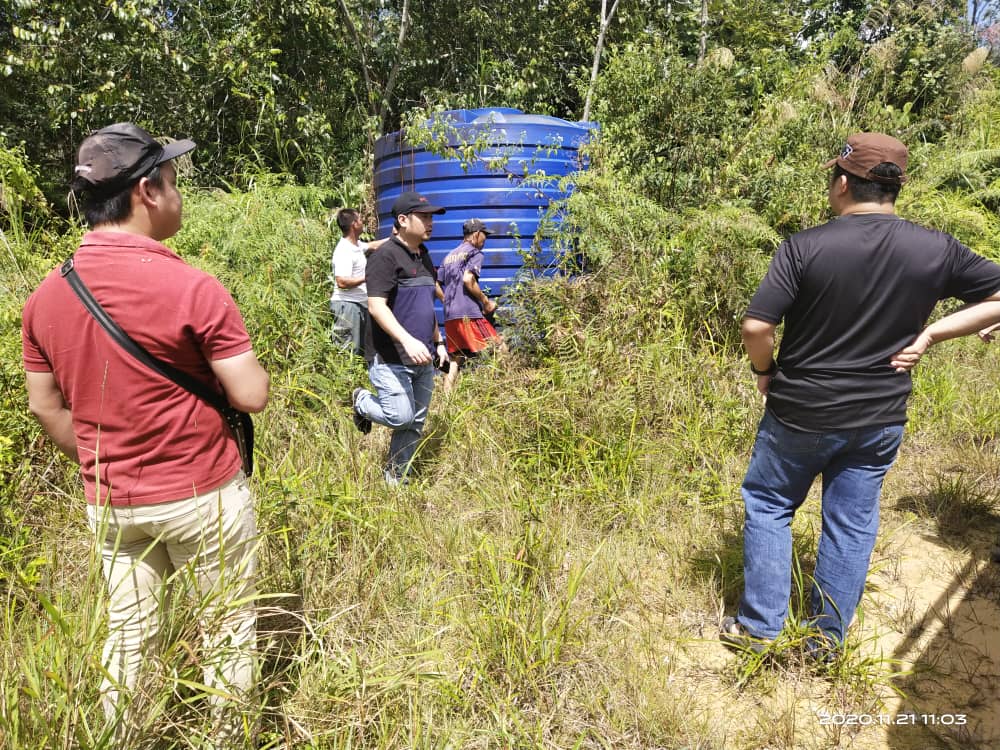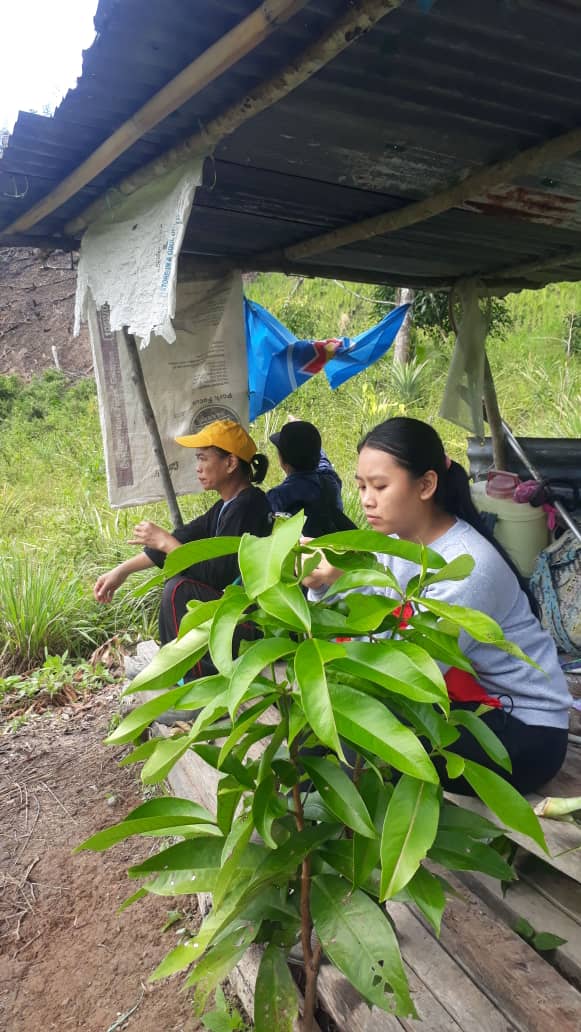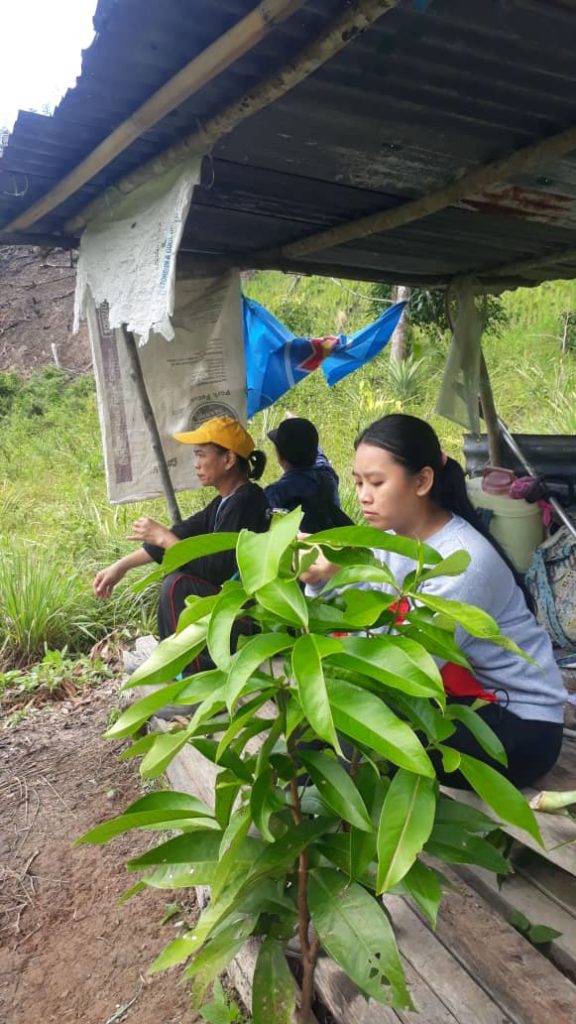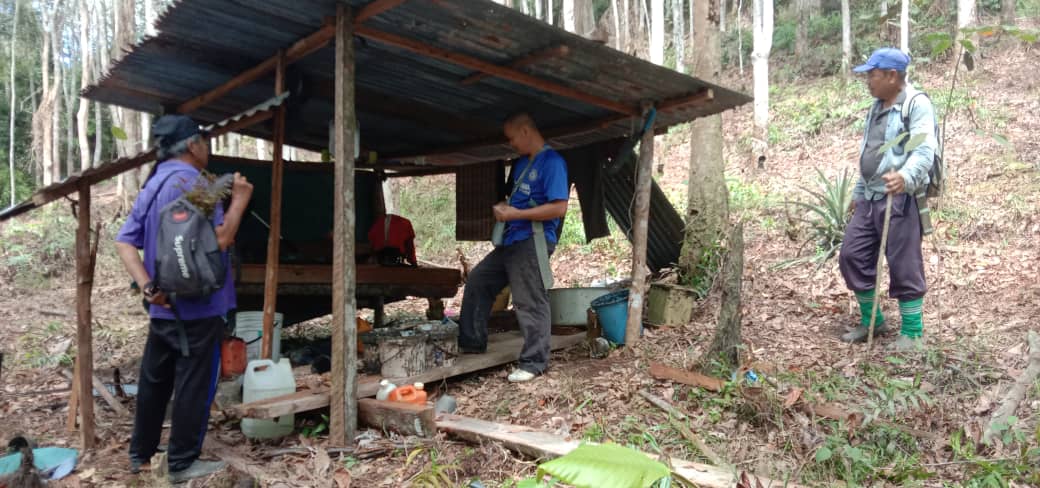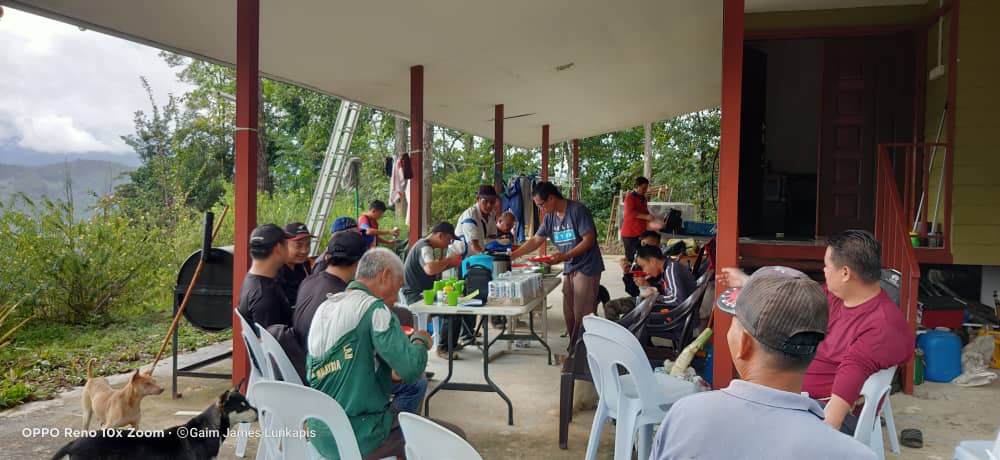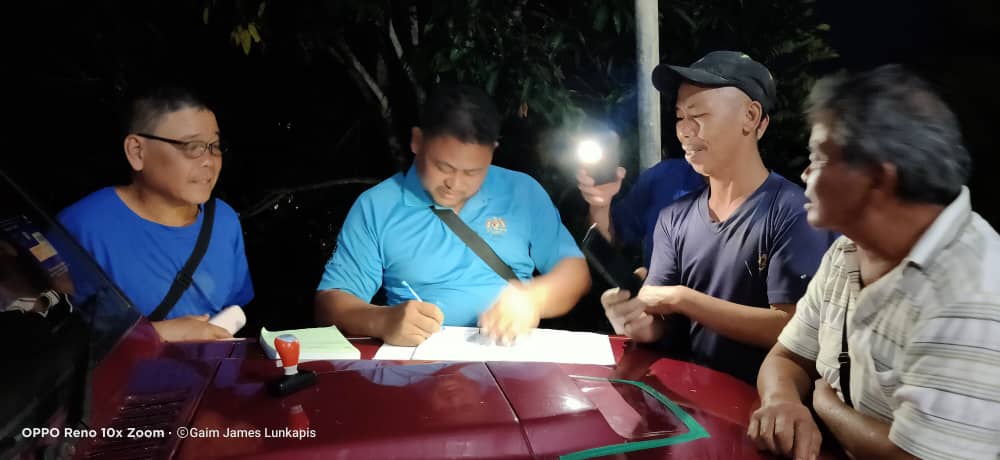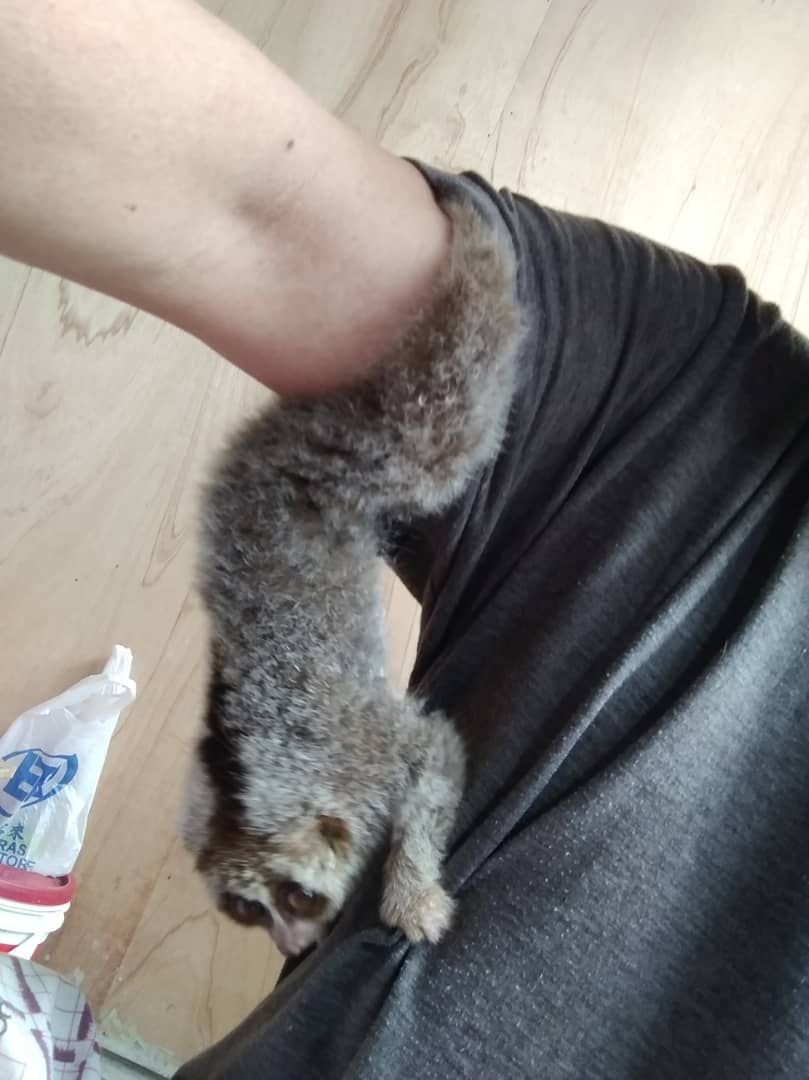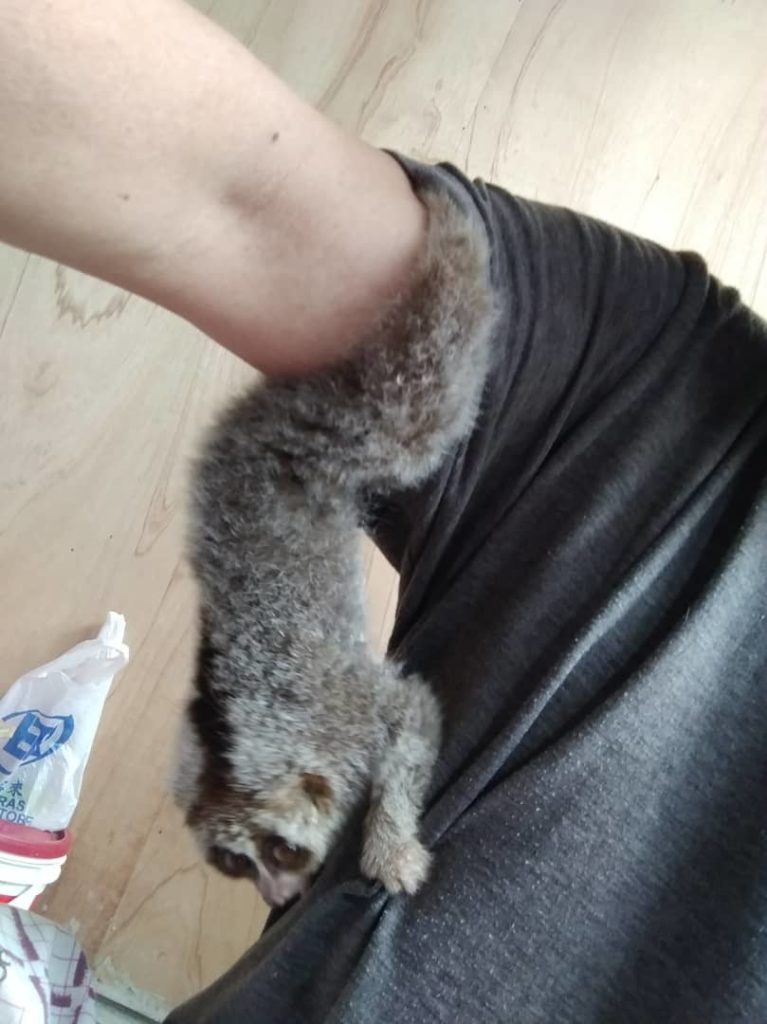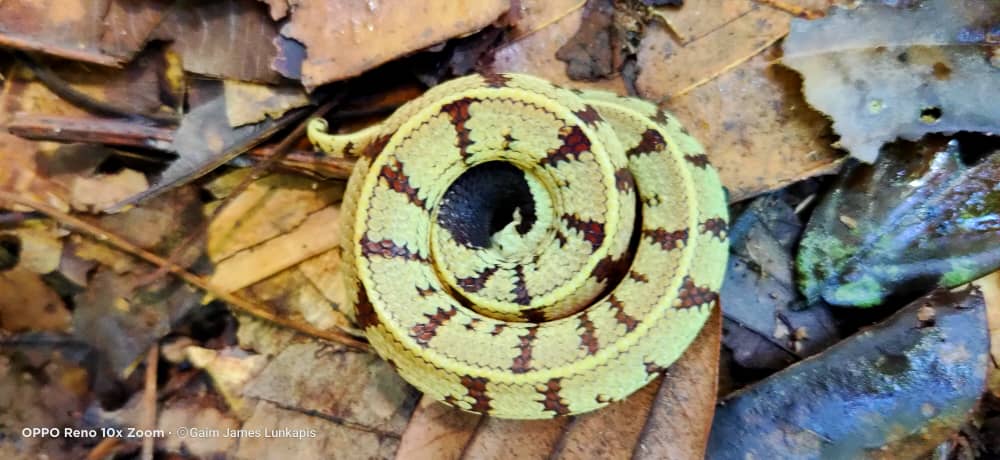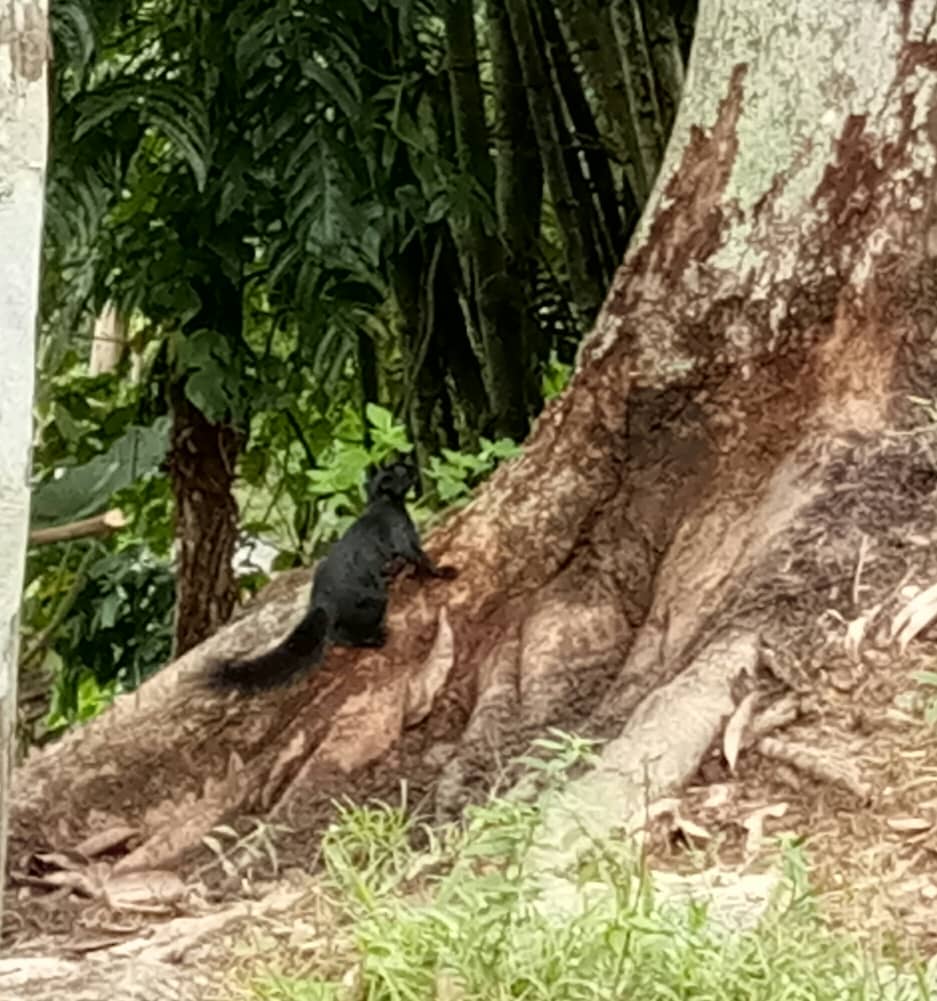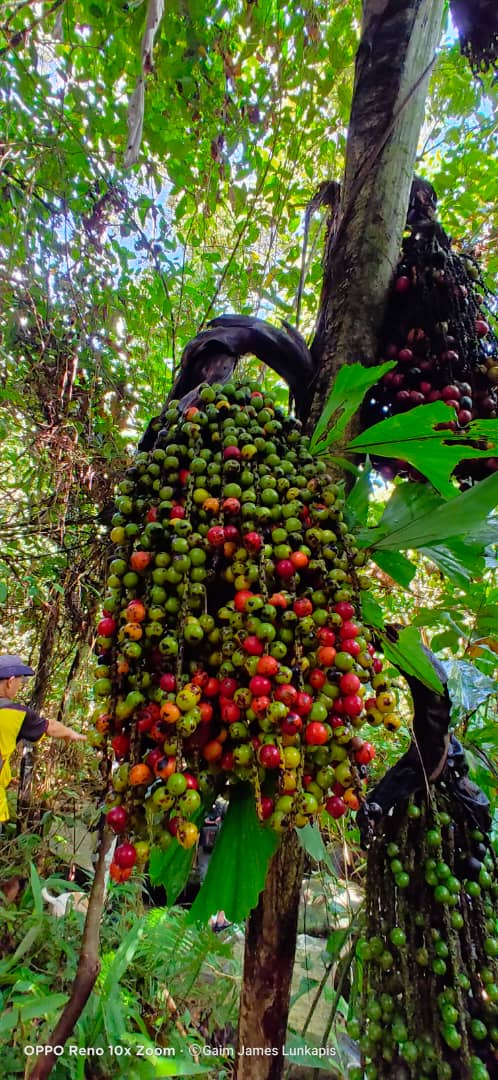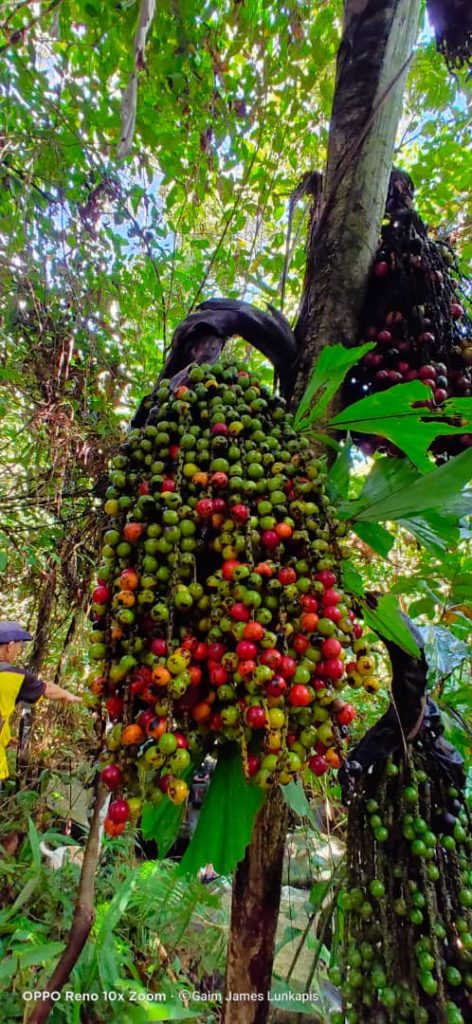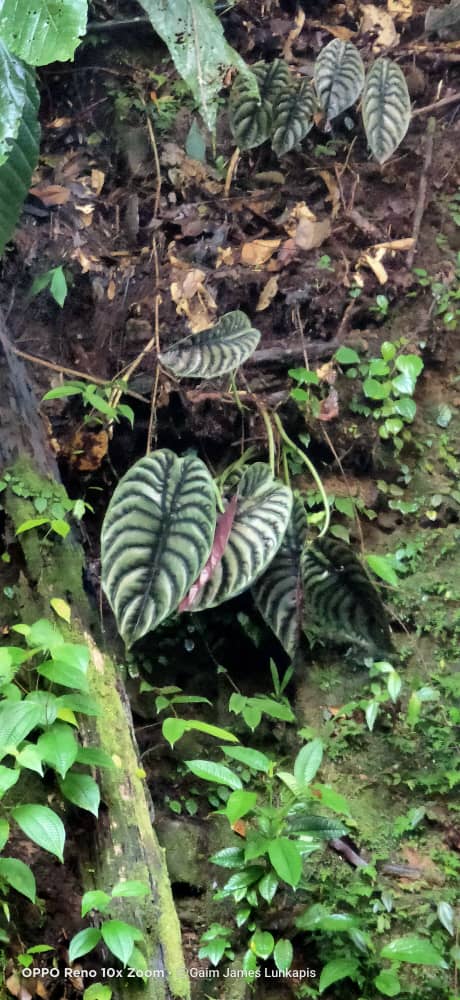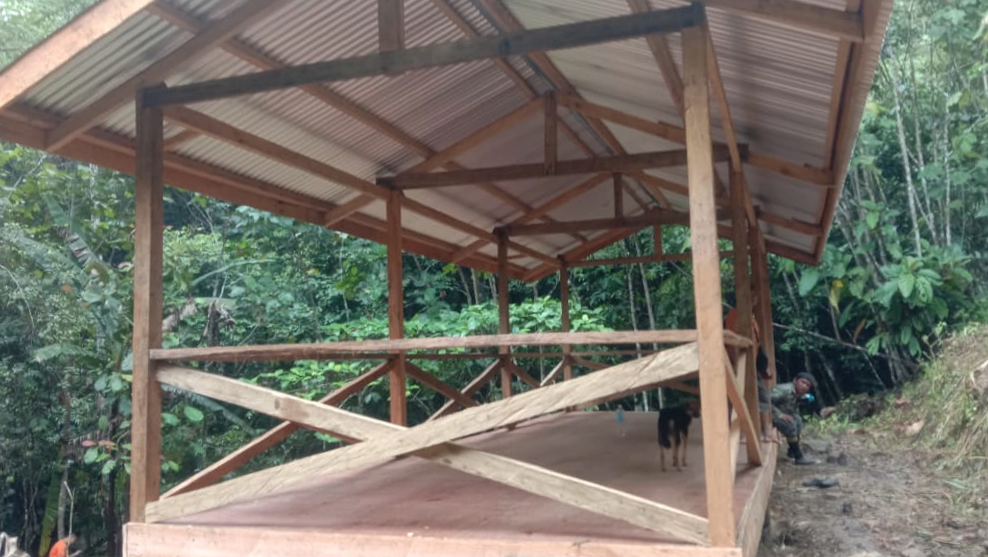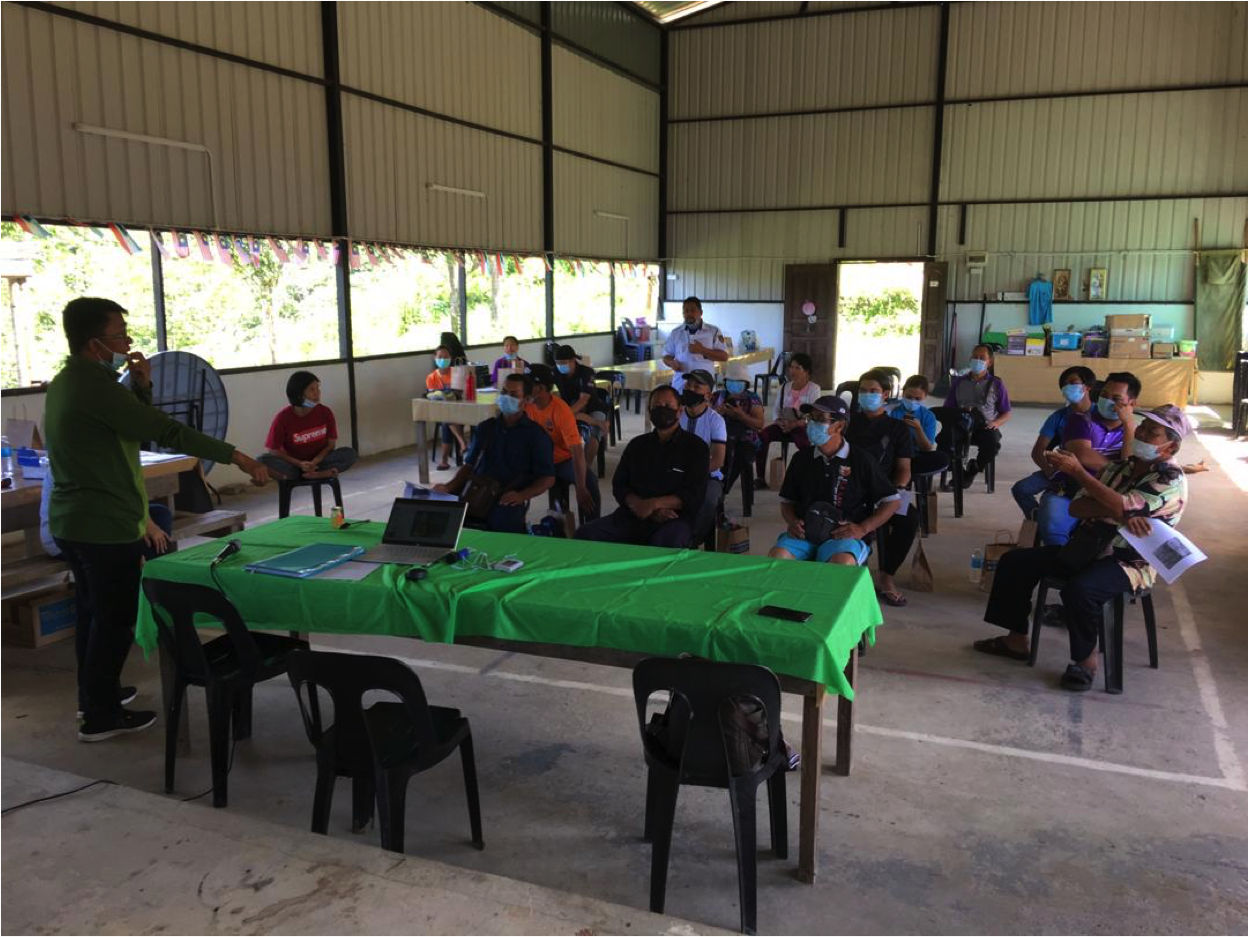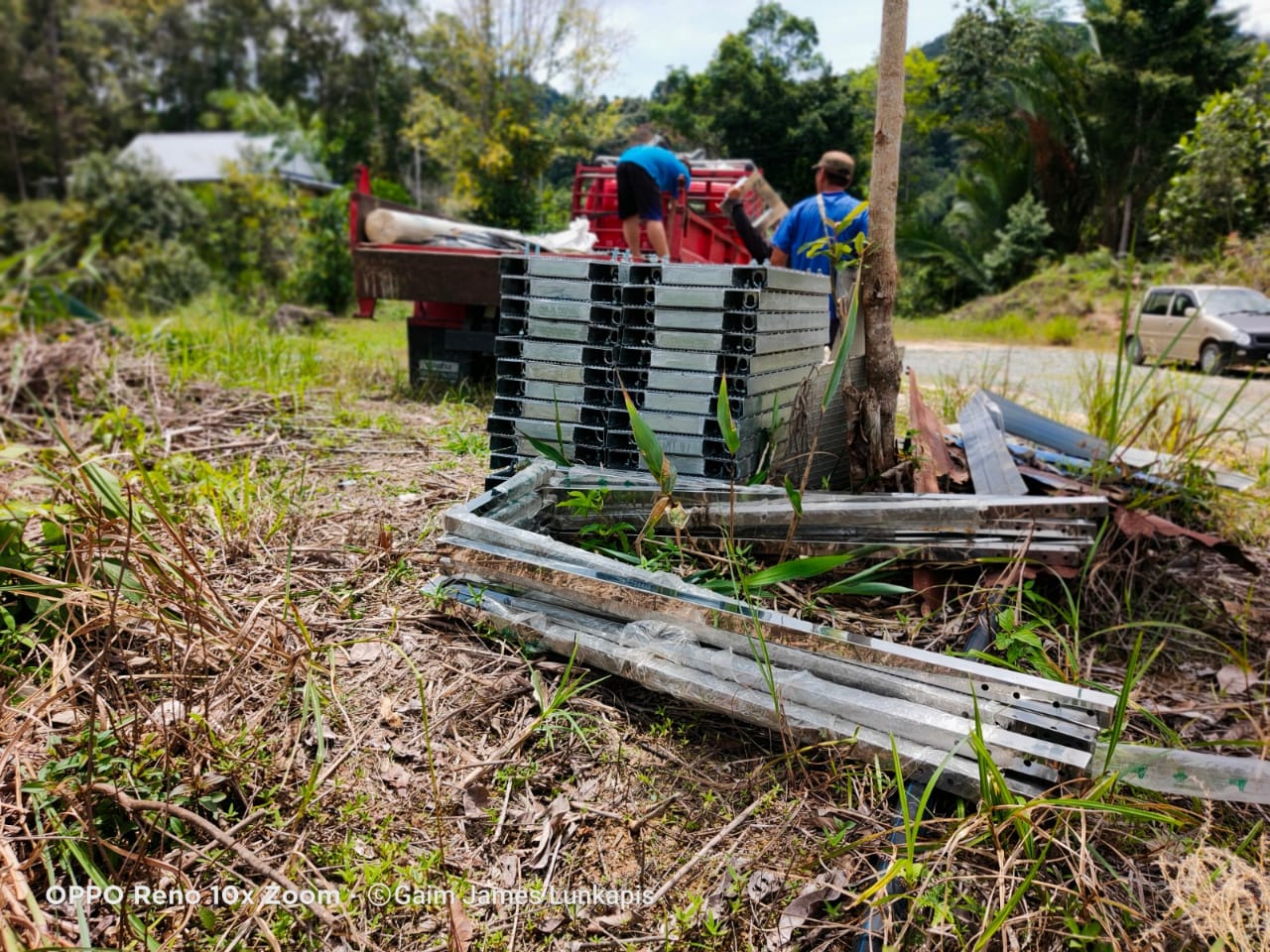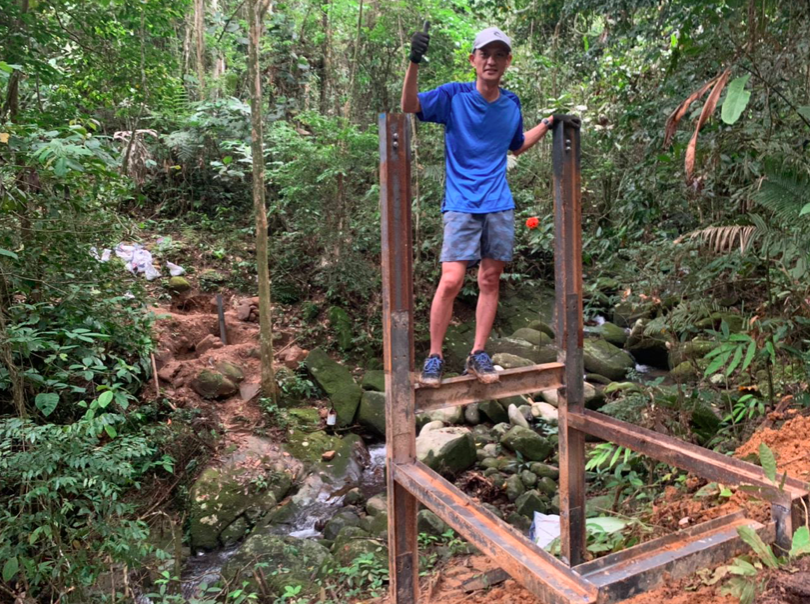This project will save a large tract of almost untouched rainforest in northern Borneo. Beautiful streams and waterfalls flow through it. In the mangaris trees—the tallest trees in the forest—giant honeybees build huge combs prized by local people.
The indigenous people here have managed the forest communally for as long as anyone can remember. But a growing population and economic pressures make the future uncertain.
The village of Rungus Nahaba came up with a plan to protect the forest, keep the indigenous community in control, and generate sustainable income. Most residents grow pineapples or tap rubber, and incomes are low. But the community is rich in traditional knowledge about the forest, and it has a strong collective mindset. These strengths underlie this project, which will:
Protect the forest. A written agreement to preserve the forest will formalize the understanding among community members. It will also make it easier to stop outsiders who apply to the government for what are essentially land grabs. Villagers hope to inspire neighboring communities to protect their forests, too.
Develop ecotourism. The village is in a good spot for tourism, about 56 miles from the coastal city of Kota Kinabalu. The drive up to the village offers a perfect view of Borneo’s highest peak, 13,435-foot Mount Kinabalu. Last year, young villagers began improving hiking trails. With a Seacology grant, they will continue to map the area and clarify the boundaries of the protected area. They will also do some 3D mapping, which will help people visualize the protected watershed. To enhance visitors’ experience, they plan to add two shelters, water filters, and interpretive materials to the trails. Residents will earn income as guides and porters, and by selling pineapples and other food.
Document oral knowledge. Our nonprofit partner, the Research Institute for Culture and Environment, will also record elders’ oral knowledge for future generations. This will record, for example, rules for using the forest and valuable knowledge of medicinal and edible plants.


